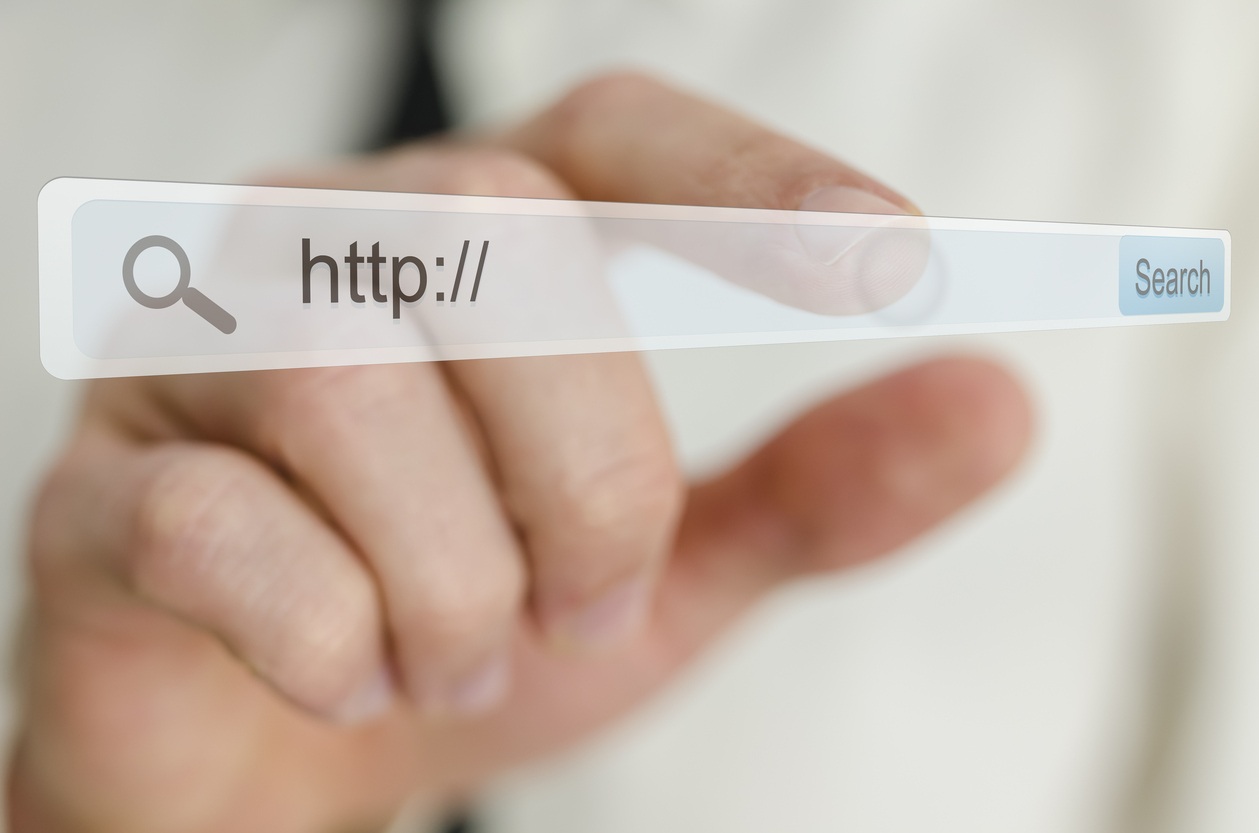
Especially during the election season, there were a lot of talk on hacking and security breaches. Emails and confidential files have been compromised and leaked to the public. Even broadcasting giant, HBO, became a victim of hacking when all their Game of Thrones episodes and the information of their actors and employees were stolen – a whopping 1 terabyte of files.
In this digital age, securing restricted information is an imperative. There are a lot of hackers, phishers, and doxxers who are becoming increasingly clever when it comes to stealing on the Internet. For this reason, switching to an HTTPS server and getting an SSL certificate is considered a best practice.
In this article, we will explore what HTTPS and SSL are and its advantages for your website.
Understanding HTTPS
HTTPS stands for Hypertext Transfer Protocol Secure, obviously, the secure version of the HTTP. You can see this at the URL bar right before your domain name. The HTTPS involves Secure Sockets Layer or Transport Layer Security that makes sending information from your server to the client, and vice versa, safe from being compromised.
If your website deals with online transactions like shopping or banking, this is indeed a requirement. Basically, it encrypts the communication between you and your visitor. This means that no one else can understand the transactions happening between server and user.
Having an HTTPS site will get you a padlock tag in the address bar, and beside it will appear the word “Secure” in bright green.
What is SSL?
SSL, or the aforementioned Secure Sockets Layer, is the technology that does the encrypting between the web server and the visitor’s browser. Once you have an SSL certificate, your server will create two cryptographic keys, appropriately called Public Key and Private Key.
The Public Key is basically all pertinent information that does not need to be kept a secret. These include your company name, company address, domain name, its expiration date, and other details – they are then placed in a Certificate Signing Request (CSR). When you apply for an SSL Certificate, the Certification Authority will have to verify the details you have submitted through the CSR. Once approved, your web server will generate the Private Key. That, in turn, establishes an encrypted connection between your web server and visitor browser.
Installing SSL site-wide improves ranking in search engine and increased user trust. SSL certificates secure information like credit card numbers, usernames and passwords. If your site has many sub domains, wildcard certificate is the perfect solution. Install cheap wildcard SSL certificate to secure site and sub domains easily.
The Encryption Process
If you want a basic idea on how the encryption happens, it is a pretty simple concept to understand. The SSL is responsible for putting random characters in the data being sent to and from the web server. In this way, the information will remain unreadable to those who do not have the encryption key to open it. We need to understand that information on the Internet does not pass through one path. It is divided into packets of information, and it passes through different paths before ending up in its intended stop. Encryption makes it incomprehensible to hackers, phishers, and doxxers.
As was mentioned, users will know that a website is safe if they see a padlock and the word “Secure” in the address bar. Otherwise, the website will tagged with an open padlock and the words “Not Secure” in bright red.
Go and look at your website now to see if you were able to purchase an SSL certificate when you bought your domain and hosting (as this is usually part of the package most Internet registrars offer). If not, consider getting now to make sure that you are able to keep your information, and those of your client’s, safe.




